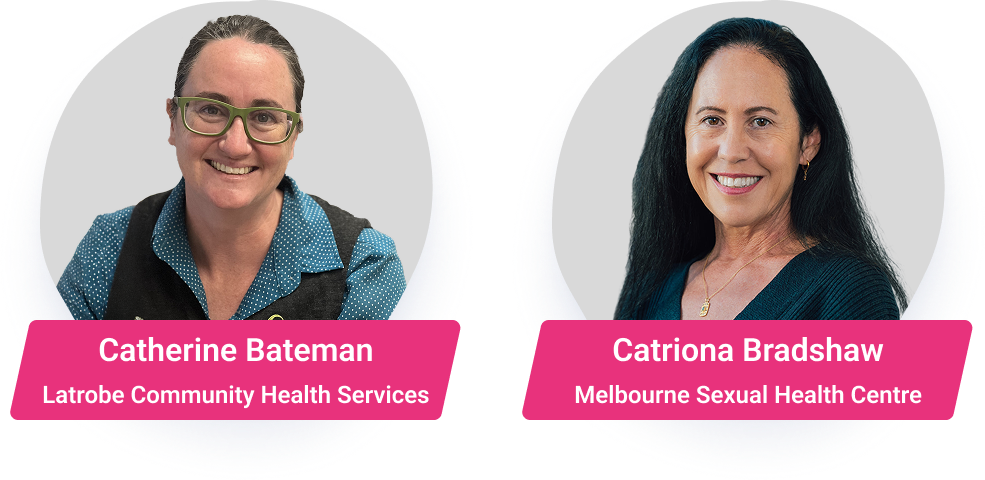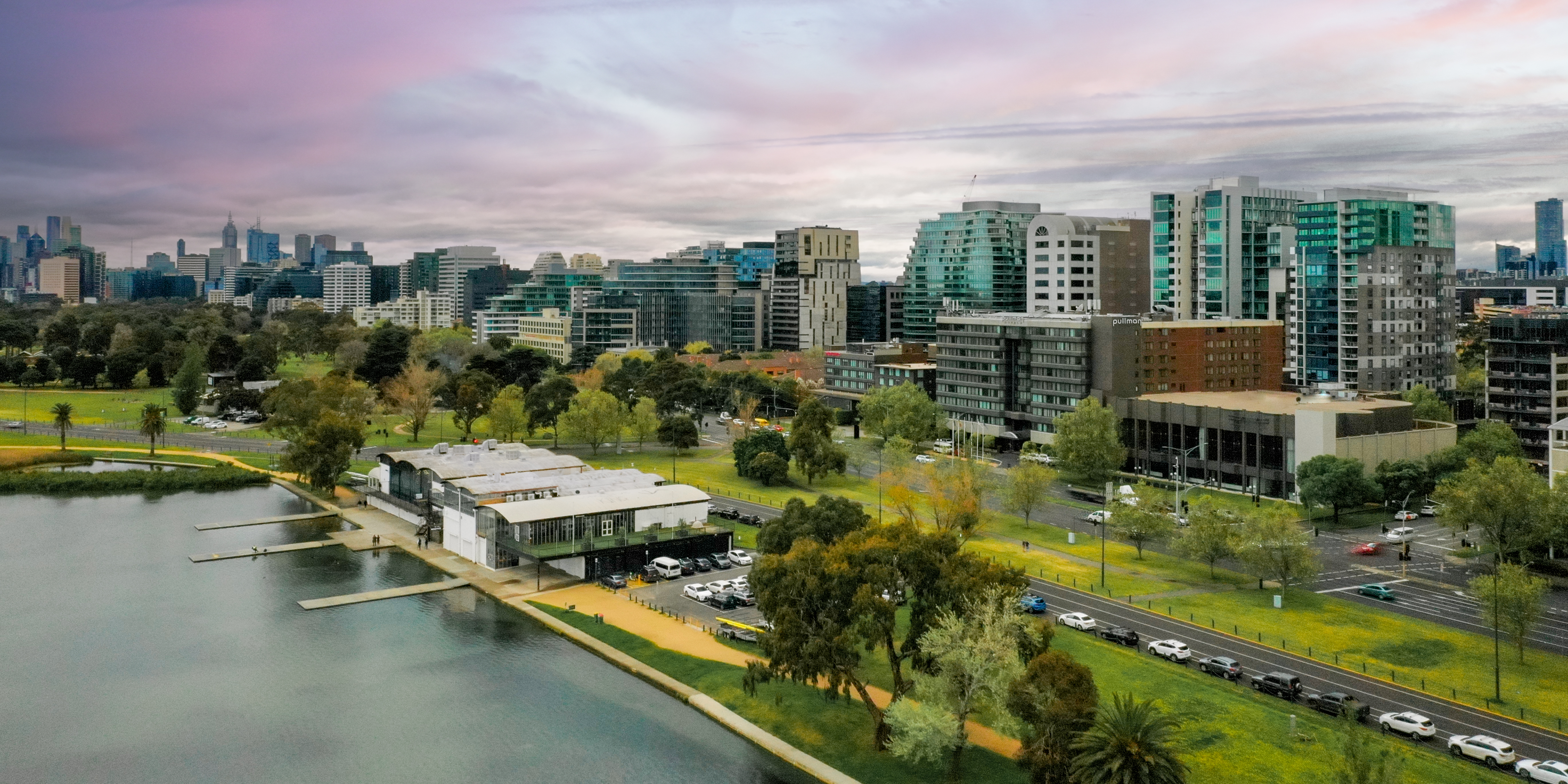joint with
HIV&AIDS: 14- 16 Sep 2026
ASRH: 15-17 Sep 2026


The Australasian HIV&AIDS Conference will be held from 14–16 September 2026 in Naarm (Melbourne), bringing together clinicians, researchers, policymakers, and community representatives to focus on the ongoing response to HIV across Australasia.
With the 2030 goal of eliminating HIV transmission fast approaching, the conference will highlight cutting-edge research, practical implementation, and community-led progress shaping the future of HIV prevention, treatment, and care.

The Australasian Sexual and Reproductive Health Conference will run from 15–17 September 2026 and will convene leaders across clinical practice, research, advocacy, and education to address priority issues in sexual and reproductive health, from access and equity to innovation and policy reform.
Overlooking picturesque Albert Park Lake, the hotel is near the beachside St Kilda, iconic Chapel Street & a short ride away from the Royal Botanic Gardens & CBD. With easy access to Melbourne top attractions, Pullman Melbourne Albert Park opens up exciting travel possibilities with the city at your doorstep.
You can find more information about the venue on the Pullman Albert Park website

Pullman Melbourne Albert Park 65 Queens Road Melbourne Victoria 3004 Australia